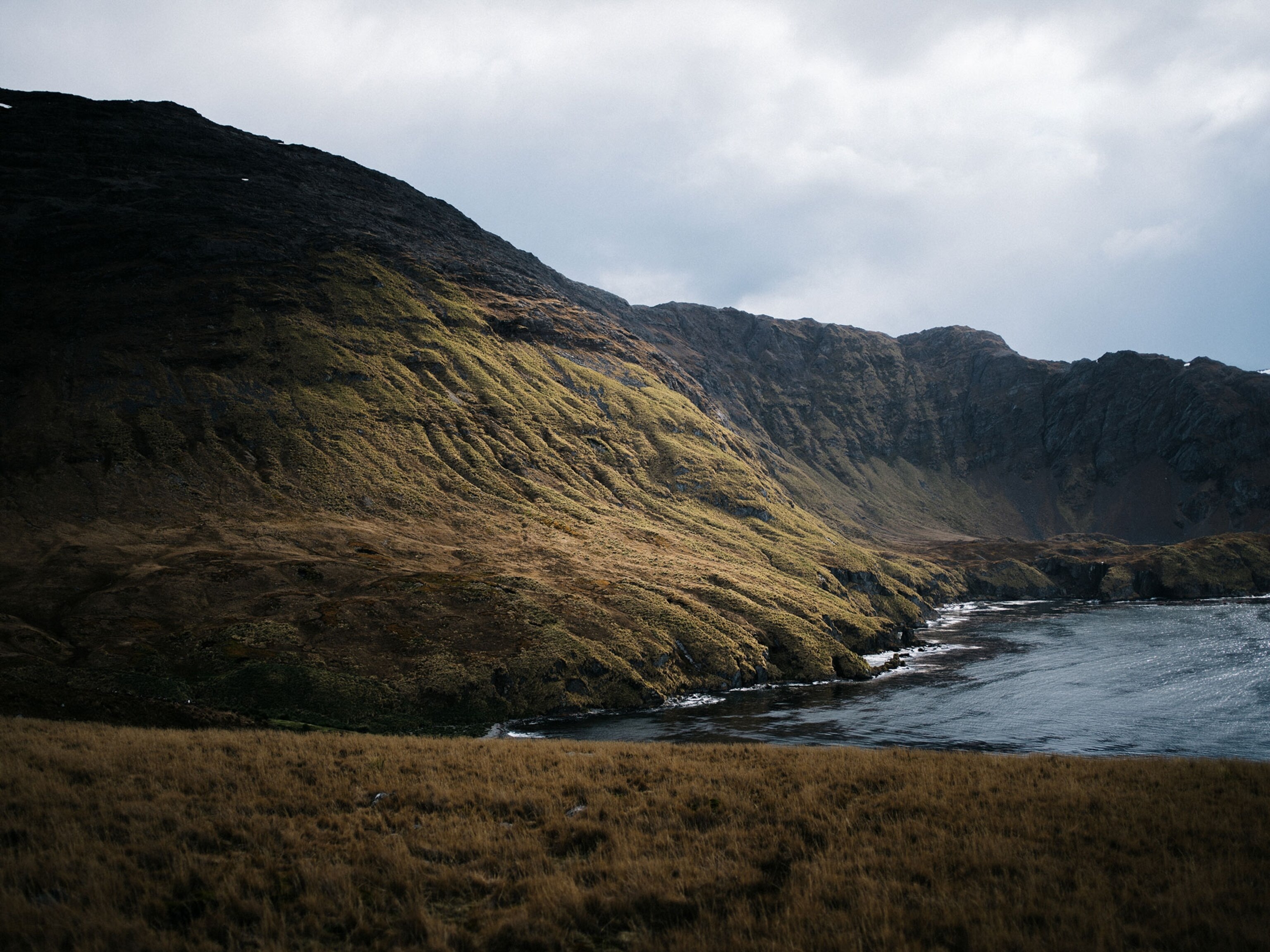Earthquakes, also called temblors, can be so tremendously destructive that it’s hard to imagine they occur by the thousands every day around the world, usually in the form of small tremors. Most are so small that humans can't feel them.
But every so often, a big quake will strike—most recently a 7.8-magnitude earthquake that struck southern Turkey and Syria on February 6, 2023, which scientists tell Reuters is likely to be one of the deadliest of this decade. Here's what you need to know about where earthquakes typically occur, how earthquakes are measured, and the damage that the strongest earthquakes can cause.

Where do most earthquakes occur?
Some 80 percent of all the planet's earthquakes occur along the rim of the Pacific Ocean, called the "ring of fire" because of the preponderance of volcanic activity there, as well. Most earthquakes occur at fault zones, where tectonic plates—giant rock slabs that make up Earth's upper layer—collide or slide against each other.
These impacts are usually gradual and unnoticeable on the surface; however, immense stress can build up between plates. When this stress is released quickly, it sends massive vibrations, called seismic waves, often hundreds of miles through the rock and up to the surface. Other quakes can occur far from fault zones when plates are stretched or squeezed.

Fault types
There are several different types of faults, including a normal dip slip fault, reverse fault, and strike-slip fault. Here's what they mean.
Strike-Slip
When portions of the Earth's crust moves sideways, the result is a horizontal motion along a "strike-slip" fault.
The most famous example is California's San Andreas Fault, which stretches some 600 miles (1,000 kilometers) from southern California to north of San Francisco. The sideways motion of the fault's branches is caused by the Pacific Ocean's crustal plate moving to the northwest under North America's continental crust.
Dip-Slip
Up-and-down motions in earthquakes occur over so-called "dip-slip" faults, where the ground above the fault zone either drops (a normal fault) or is pushed up (a reverse fault). A normal fault occurs where the deeper part of the crust is pulling away from an overlying part. A reverse is, well, just the reverse.
An example of a normal fault is the 240-mile (150-kilometer) long Wasatch Fault underlying parts of Utah and Idaho, again caused by the Pacific plate driving under western North America. One magnitude 7.0 quake along the fault perhaps 550 years ago dropped the ground on one side of the fault by three feet (a meter). The U.S. Geological Survey sees the fault as posing a risk of more magnitude 7.0 earthquakes.
Oblique
Faults that combine sideways with up-and-down motions are called oblique by seismologists. The Santa Clara Valley south of San Francisco holds a fault prone to oblique motions, for example, seen in a 1999 quake.
Earthquake magnitude ratings
Scientists assign a magnitude rating to earthquakes based on the strength and duration of their seismic waves. A quake measuring 3 to 4.9 is considered minor or light; 5 to 6.9 is moderate to strong; 7 to 7.9 is major; and 8 or more is great.
Earthquakes are always followed by aftershocks, which are smaller quakes that strike after the main quake and can continue for weeks—or even up to years in some cases. According to the USGS, some earthquakes also have foreshocks, or smaller quakes that precede a larger earthquake.
The strongest earthquake ever recorded was a magnitude 9.5 quake that struck southern Chile in 1960. The Valdivia earthquake—named for the city that suffered the most damage—killed about 1,655 people and left another two million homeless. It also triggered a tsunami that spread across the Pacific and flooded coastlines in Japan, Hawaii, and New Zealand.
Earthquake damage
On average, a magnitude 8 quake strikes somewhere every year, and some 10,000 people die in earthquakes annually. Collapsing buildings claim by far the majority of lives, but the destruction is often compounded by mud slides, fires, floods, or tsunamis. Smaller temblors that usually occur in the days following a large earthquake can complicate rescue efforts and cause further death and destruction.
Loss of life can be avoided through emergency planning, education, and the construction of buildings that sway rather than break under the stress of an earthquake.

Related Topics
You May Also Like
Go Further
Animals
- How can we protect grizzlies from their biggest threat—trains?How can we protect grizzlies from their biggest threat—trains?
- This ‘saber-toothed’ salmon wasn’t quite what we thoughtThis ‘saber-toothed’ salmon wasn’t quite what we thought
- Why this rhino-zebra friendship makes perfect senseWhy this rhino-zebra friendship makes perfect sense
- When did bioluminescence evolve? It’s older than we thought.When did bioluminescence evolve? It’s older than we thought.
- Soy, skim … spider. Are any of these technically milk?Soy, skim … spider. Are any of these technically milk?
Environment
- Are the Great Lakes the key to solving America’s emissions conundrum?Are the Great Lakes the key to solving America’s emissions conundrum?
- The world’s historic sites face climate change. Can Petra lead the way?The world’s historic sites face climate change. Can Petra lead the way?
- This pristine piece of the Amazon shows nature’s resilienceThis pristine piece of the Amazon shows nature’s resilience
- Listen to 30 years of climate change transformed into haunting musicListen to 30 years of climate change transformed into haunting music
History & Culture
- Meet the original members of the tortured poets departmentMeet the original members of the tortured poets department
- Séances at the White House? Why these first ladies turned to the occultSéances at the White House? Why these first ladies turned to the occult
- Gambling is everywhere now. When is that a problem?Gambling is everywhere now. When is that a problem?
- Beauty is pain—at least it was in 17th-century SpainBeauty is pain—at least it was in 17th-century Spain
Science
- Here's how astronomers found one of the rarest phenomenons in spaceHere's how astronomers found one of the rarest phenomenons in space
- Not an extrovert or introvert? There’s a word for that.Not an extrovert or introvert? There’s a word for that.
- NASA has a plan to clean up space junk—but is going green enough?NASA has a plan to clean up space junk—but is going green enough?
- Soy, skim … spider. Are any of these technically milk?Soy, skim … spider. Are any of these technically milk?
Travel
- Could Mexico's Chepe Express be the ultimate slow rail adventure?Could Mexico's Chepe Express be the ultimate slow rail adventure?
- What it's like to hike the Camino del Mayab in MexicoWhat it's like to hike the Camino del Mayab in Mexico





